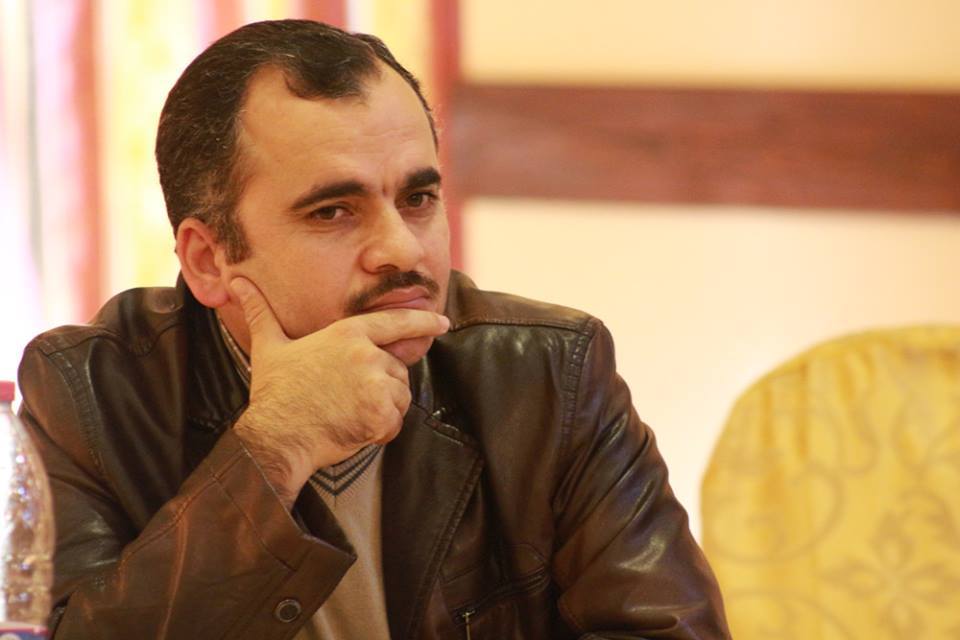The Middle East is in a state of constant tension, spreading from country to country. The cause is often Israel and its policies, including the main focus of the next confrontation; it will either initiate a conflict or push another party to act as the trigger.
Israel is studying the map to weigh up its next war options and is considering a trade-off between one front and another. It has to decide what would be both the least costly and the most effective. Gaza, Beirut or Damascus are likely targets for the Israeli army, not least because Tehran is seen as a tough target that Israel would not be able to tackle alone; it would need US approval and participation.
Since Gaza is yet to recover from Israel’s last offensive in November, the government in Tel Aviv feels as if it came out with a relatively acceptable result – a ceasefire agreed with the Palestinians – despite the unexpectedly painful blows inflicted by the Islamic Resistance. The Palestinian political division may deter the Israelis from launching another military attack due to the reconciliation efforts, as will the need to avoid upsetting Egypt after Cairo acted as mediator for the ceasefire discussions.
As such, the sights are probably set on Damascus and Beirut; Israel believes that Iran is supplying weapons to Syria and Lebanon to create a strategic balance and develop their offensive capabilities. The weapons include anti-aircraft weapons and the latest technology for warships and ground troops to fight back against a ground invasion by the Israeli army. Iran is also providing Hezbollah in Lebanon with the following:
1. Ground-to-ground missiles capable of reaching the Dimona nuclear reactor in southern Israel; they include “Fajr 5” missiles with a 350 km range and upgraded “Fateh” missiles. These are precise weapons capable of carrying chemical, biological and nuclear warheads with a range of 250 km.
2. Training for 5 commando units whose mission will be to infiltrate northern Israel at the outbreak of a war and occupy towns and villages. The intention will be to give the Israeli army no choice but to withdraw from Lebanese territory.
3. Aerial capacity and training in the use of ground-to-air missiles to counter Israeli attacks against arms convoys from Syria to Lebanon, similar to that which occurred recently near the Lebanese border.
4. Providing missiles capable of hitting ships at sea to deter any Israeli naval invasion plans.
5. Supplying military engineers to prepare anti-tank defensive positions and a communications network.
It has been noticeable that during the last 7 years, while Israel’s northern front was relatively calm and politicians on both sides were talking up the possible threats, they were preparing themselves for an upcoming war by developing missiles capable of massive destruction. Israel and its neighbours all understand that missile attacks are generally precise and can do great damage.
Various Israeli commentators in political, military and security circles are in agreement that November’s offensive against Gaza “had to be done” because Hamas had exposed Israel’s weaknesses and blunted its deterrence factor. Furthermore, the Israeli prime minister and minister of defence came across as incapable, feeble and helpless on the eve of a general election. The only question now to be answered is whether Israel or one of its neighbours will initiate the next stage in the apparently never-ending war.
While Israel’s 2006 war against Lebanon did not produce a formal peace agreement, it did provide some degree of peace for the residents of northern Israel and southern Lebanon. However, both sides now know that “Grad” and “Fajr” rockets are capable of hitting targets in northern and central Israel. In November, Hamas demonstrated that not even Tel Aviv and Jerusalem are out of range of its missiles. Since 1948, no Arab country – with the notable exception of Iraq in 1991 – has dared to do what Hamas did, damaging Israel’s reputation as an “invincible” state. The Palestinians did what Egypt’s Gamal Abdul Nasser wanted to do, and what Saddam Hussein actually did, with increasingly accurate weaponry. The psychological barrier has been broken, even if the missiles from Gaza caused minimal damage and disruption.
In anticipation of the next war, Israel’s military industrial complex and armed forces are developing their own weapons systems to cope with the perceived security threats. This requires a stronger navy and missiles capable of hitting and destroying heavily fortified command posts. Israeli strategists are looking at more ways to utilise naval power in a war against its neighbours with lengthy coastlines along which are located important towns and cities. As ever, intelligence is a prime component, with tactical communications being a critical part of the equation. Ground troops can now call on helicopter and other aerial back-up relatively easily.
That such developments have changed forever the nature of warfare is without question. The Deputy Chief of the General Staff has ordered an upgrade of the main development focus of the Israel Defence Forces to meet the challenges of what he calls the “complex round of violence” in the Middle East. This will be done by reducing the scale of a future war as much as possible because of the likelihood of retaliatory attacks on the home front. In turn, this will require Israel to make a first strike of such devastating ferocity that it will, more or less, end the war in its favour almost before it has begun. In short, the government in Tel Aviv is planning a war to end all war, but haven’t we heard that before, in another century and another continent?
The views expressed in this article belong to the author and do not necessarily reflect the editorial policy of Middle East Monitor.











